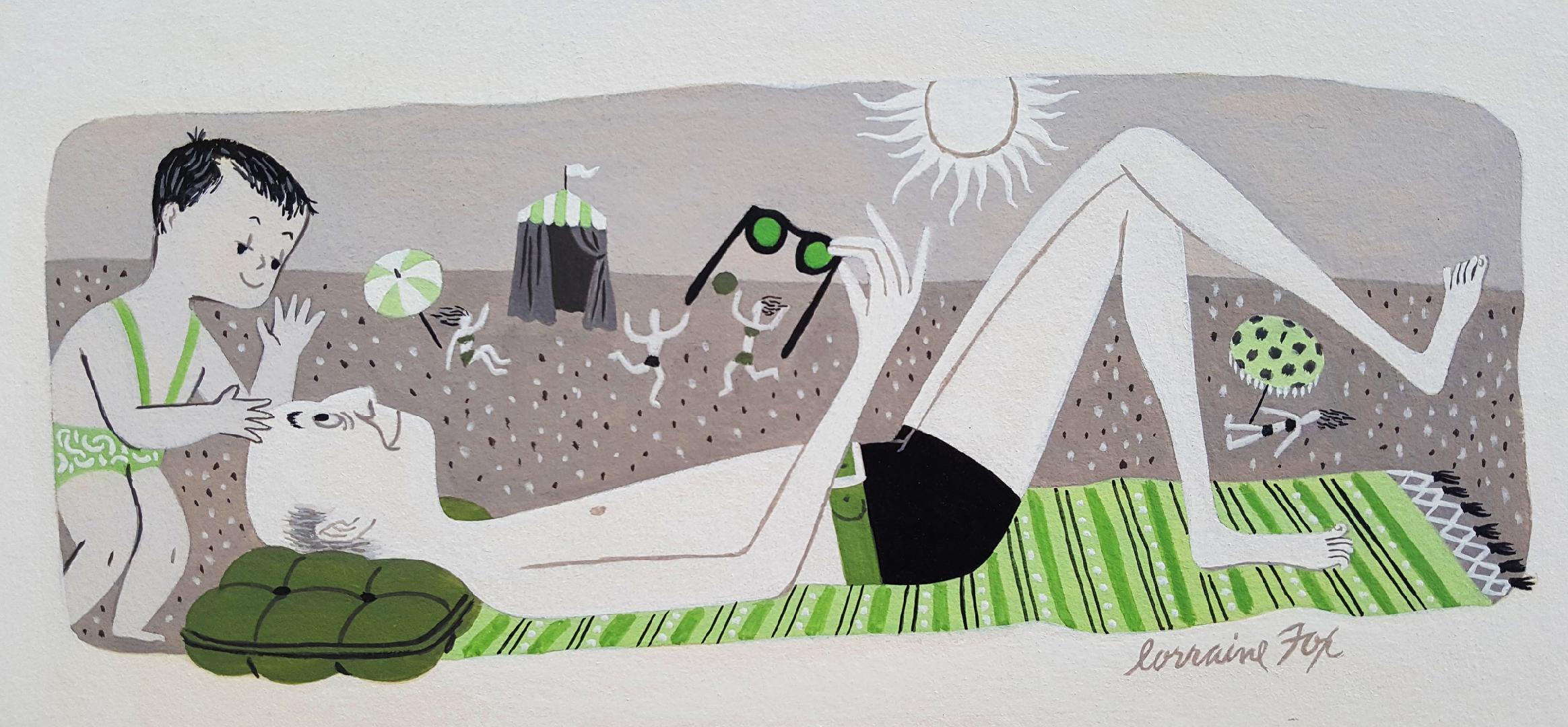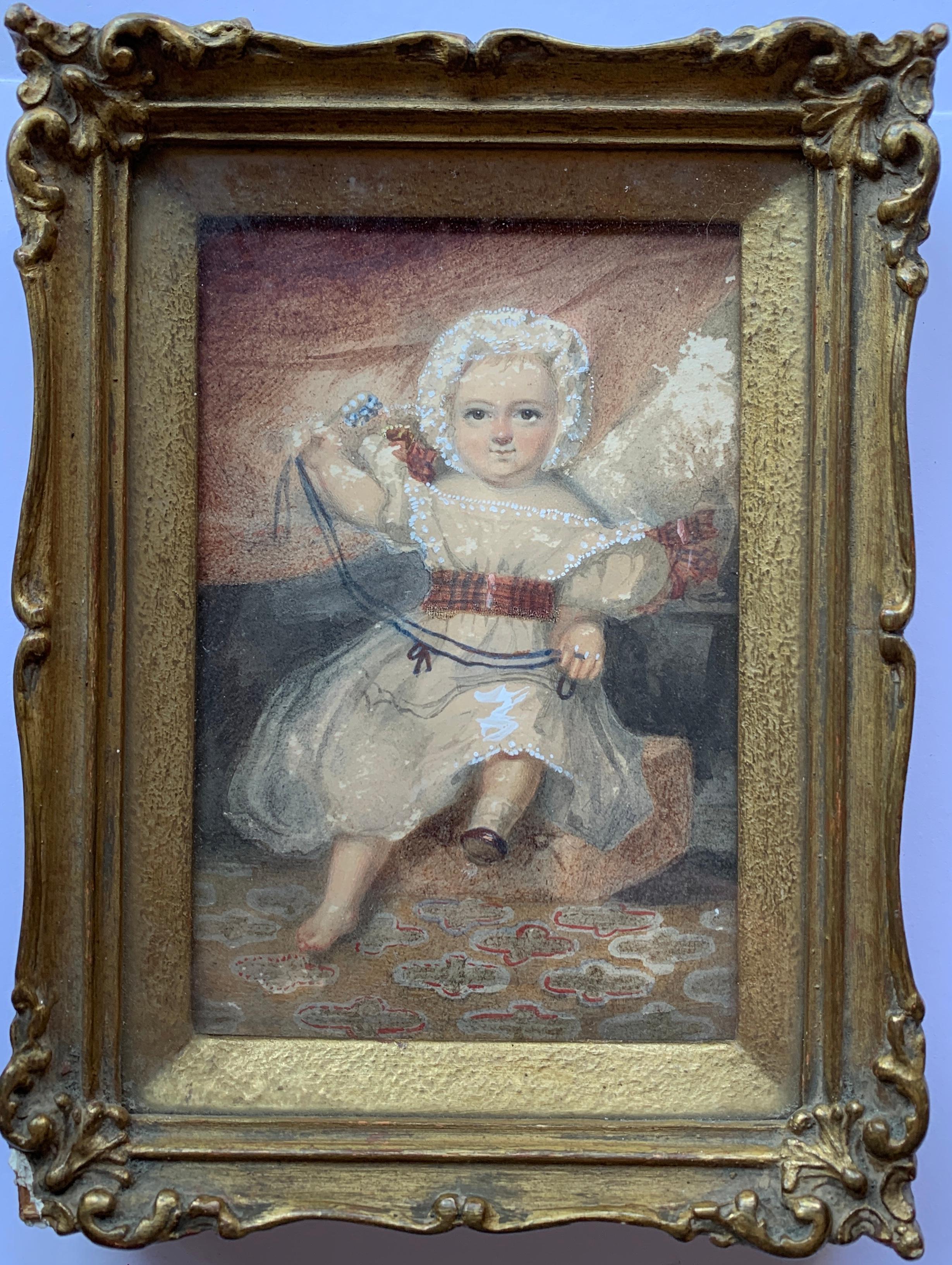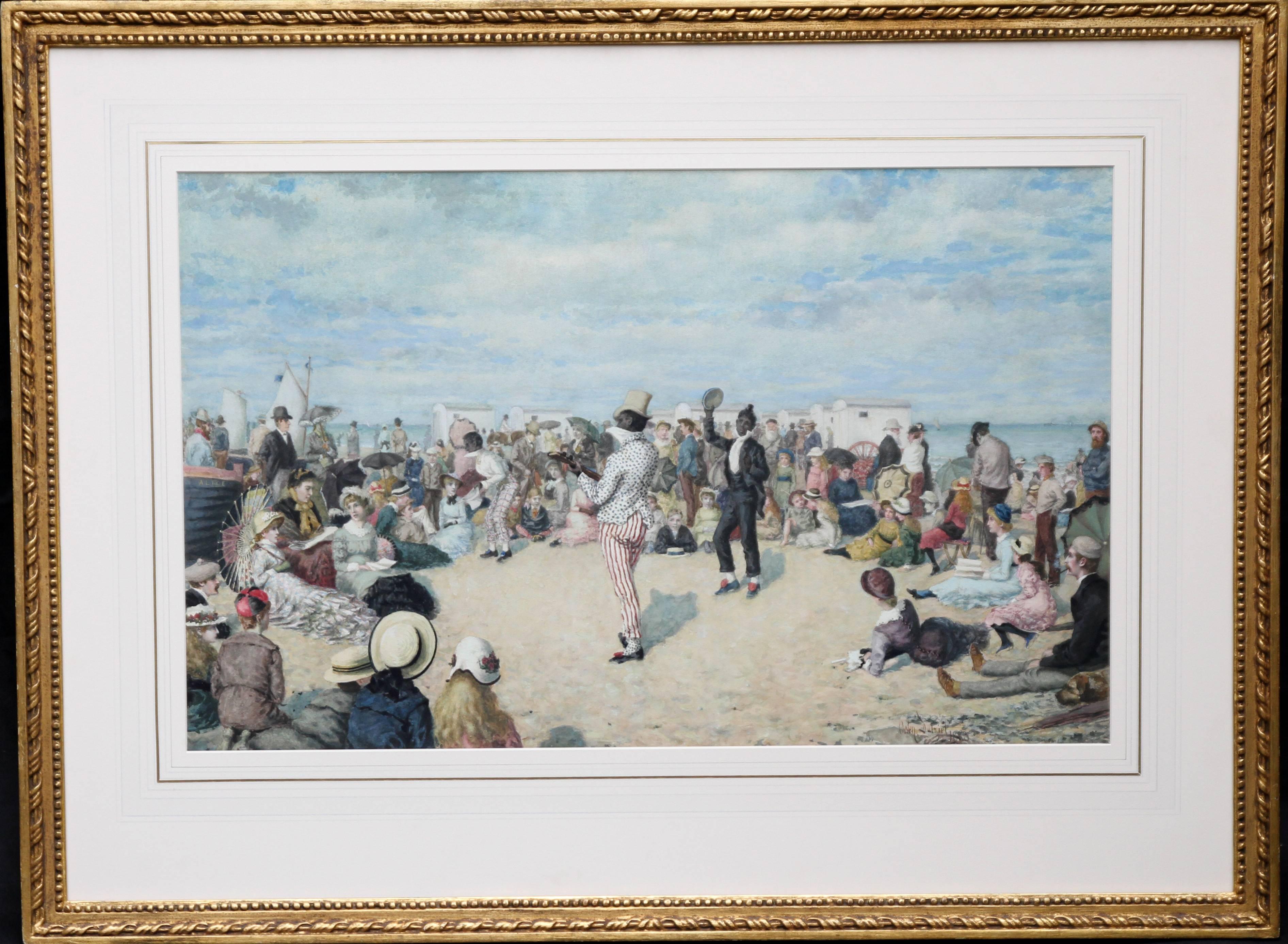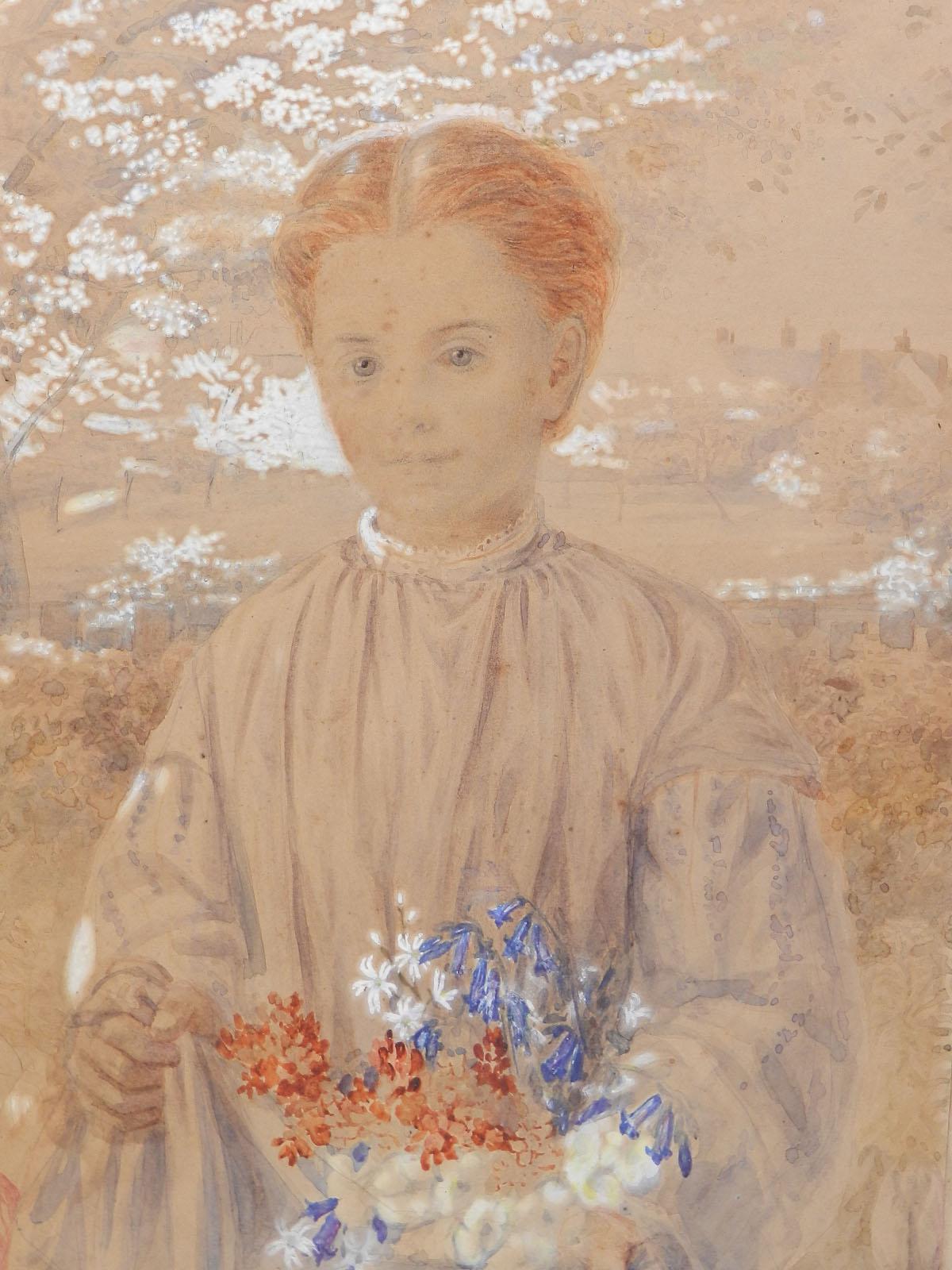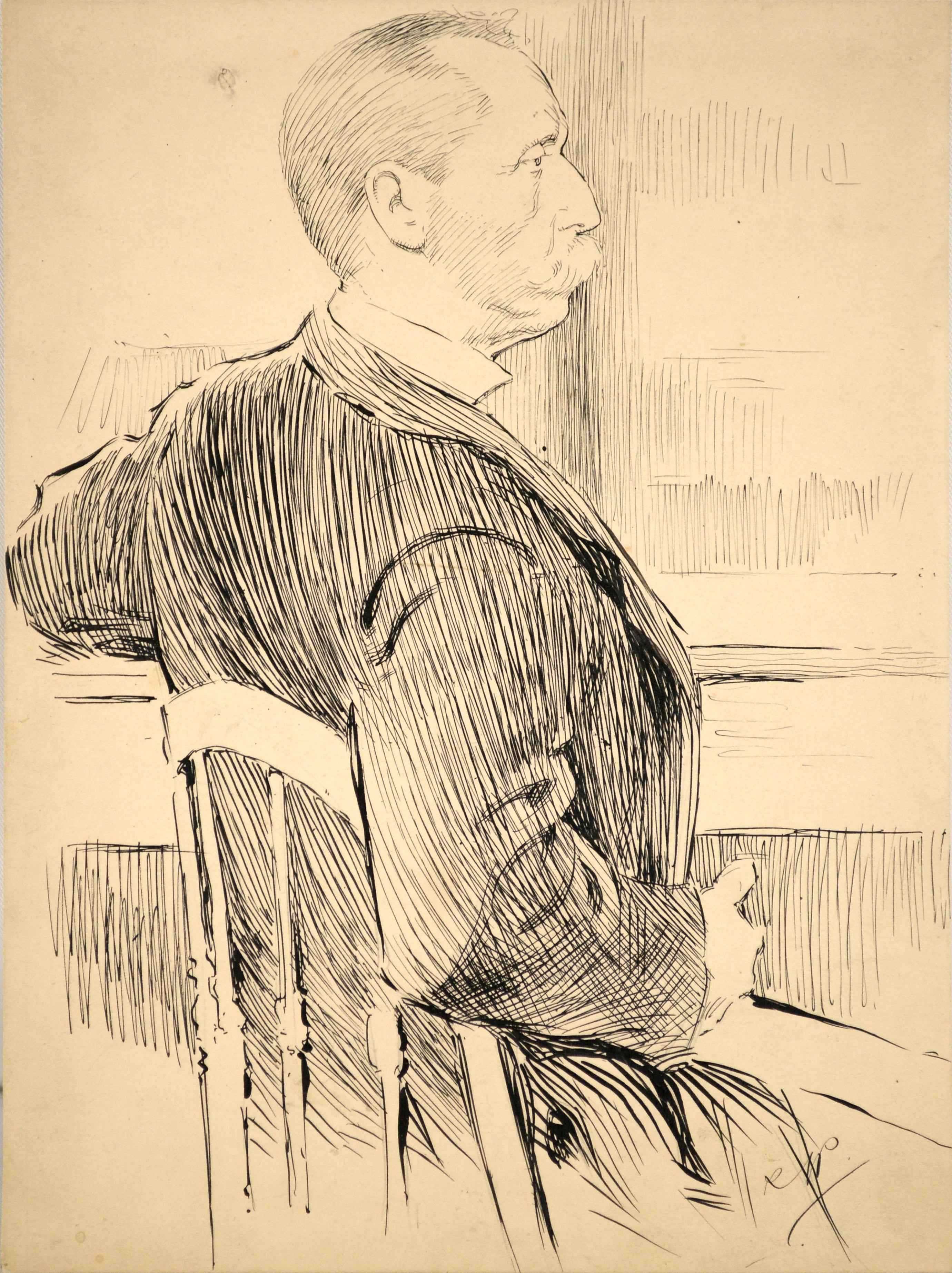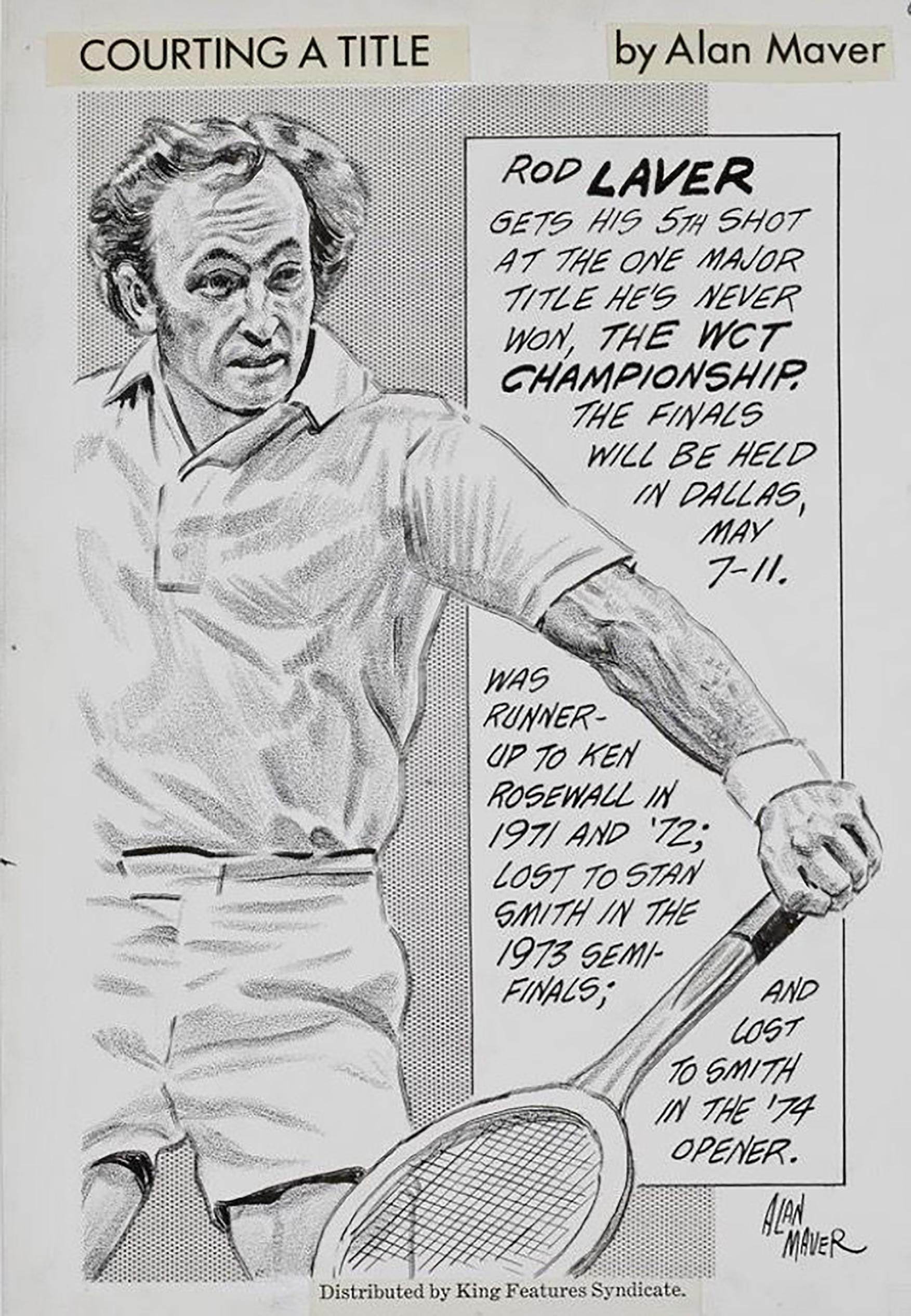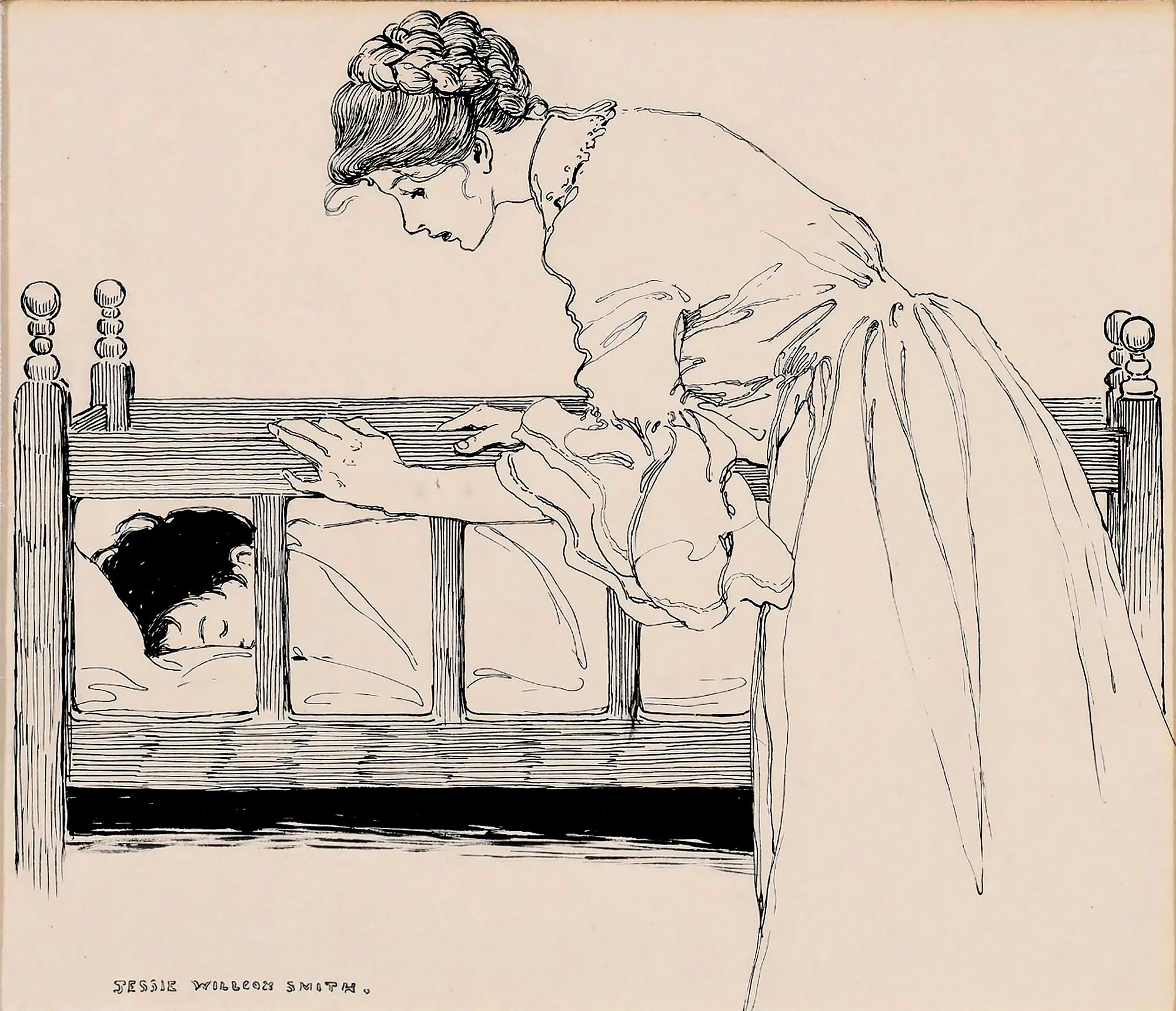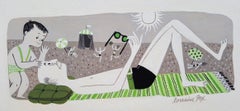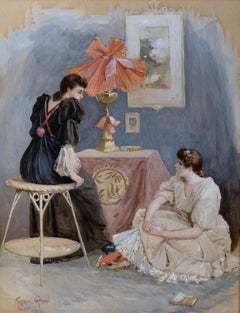
How Those Girls Love One Another
View Similar Items
1 of 9
Archie GunnHow Those Girls Love One Another1894
1894
About the Item
- Creator:Archie Gunn (1863 - 1930, American)
- Creation Year:1894
- Dimensions:Height: 22 in (55.88 cm)Width: 17 in (43.18 cm)
- Medium:
- Movement & Style:
- Period:
- Condition:
- Gallery Location:Minneapolis, MN
- Reference Number:1stDibs: LU12226436312
You May Also Like
- Apocalypse, Catastrophic Destruction of the World, Surrealism - Life MagazineLocated in Miami, FLApocalypse in 1962? At the height of the Cold War, Life Magazine commissions an illustration that describes the world's end by means other than a nuclear war with Russia. Richard Erdoes brilliantly illustrates the work with his highly stylized painting technique. My favorite part of the work is on the left side showing a group of people packed together as they fall into oblivion. A clear reference would be Hieronymus Bosch's "The Last Judgment " Once Again the World Ends." Illustration published in Life Magazine, Feb. 9, 1962 Signed in lower right image. Unframed Richard Erdoes (Hungarian Erdős, German Erdös; July 7, 1912 – July 16, 2008) was an American artist, photographer, illustrator and author. Early life Erdoes was born in Frankfurt,[1] to Maria Josefa Schrom on July 7, 1912. His father, Richárd Erdős Sr., was a Jewish Hungarian opera singer who had died a few weeks earlier in Budapest on June 9, 1912.[2] After his birth, his mother lived with her sister, the Viennese actress Leopoldine ("Poldi") Sangora,[3] He described himself as "equal parts Austrian, Hungarian and German, as well as equal parts Catholic, Protestant and Jew..."[4] Career He was a student at the Berlin Academy of Art in 1933, when Adolf Hitler came to power. He was involved in a small underground paper where he published anti-Hitler political cartoons which attracted the attention of the Nazi regime. He fled Germany with a price on his head. Back in Vienna, he continued his training at the Kunstgewerbeschule, now the University of Applied Arts, Vienna.[5] He also wrote and illustrated children's books and worked as a caricaturist for Tag and Stunde, anti-Nazi newspapers. After the Anschluss of Austria in 1938 he fled again, first to Paris, where he studied at the Academie de la Grande Chaumiere, and then London, England before journeying to the United States. He married his first wife, fellow artist Elsie Schulhof (d. xxxx) in London, shortly before their arrival in New York City. In New York City, Erdoes enjoyed a long career as a commercial artist, and was known for his highly detailed, whimsical drawings. He created illustrations for such magazines as Stage, Fortune, Pageant, Gourmet, Harper's Bazaar, Sports Illustrated, The New York Times, Time, National Geographic and Life Magazine, where he met his second wife, Jean Sternbergh (d. 1995) who was an art director there. The couple married in 1951 and had three children.[6] Erdoes also illustrated many children's books. An assignment for Life in 1967 took Erdoes to the Pine Ridge Indian Reservation for the first time, and marked the beginning of the work for which he would be best known. Erdoes was fascinated by Native American culture, outraged at the conditions on the reservation and deeply moved by the Civil Rights Movement that was raging at the time. He wrote histories, collections of Native American stories...Category
1960s Surrealist Figurative Drawings and Watercolors
MaterialsMixed Media, Illustration Board, Board, Gouache
- Abstract Silhouette Hat Portraits - Female Illustrator of Golden AgeBy Jessie GillespieLocated in Miami, FL115 years after they were created, one can view these silhouettes differently than the artist’s intent. After all, the genesis of this work was an editorial illustration for Life Magazine to showcase elaborate women’s hats. They were done for a commercial assignment with a deadline, and picky editors were overseeing the final work. Today, they have a dual meaning. These charming silhouettes are abstractions as much as they are representations. Moreover, each one is a compact little gem stuffed with observational detail. Golden Age female illustrator Jesse Gillespie's mastery of technical skill, is apparent in minute details and composition. Young women, old women, pendants, necklaces, feathers, and laced vails all contribute to the works understated complexity. The identity of the subjects are revealed by small areas of exposed neck and chin. As the viewers eyes goes from left to right - all six silhouettes read as fashion hieroglyphs in a sentence with a visual rhythm and cadence. . Initialed JG lower right., Matted but not framed. Published: Life Magazine, March 17th, 1910. Provenance: Honey and Wax Bookstore ________________________________ From Wikipedia, the free encyclopedia Jessie Gillespie Willing (March 28, 1888 – August 1, 1972) was an American illustrator during the Golden Age of illustration. She was considered the foremost silhouette illustrator of her time, although she did traditional illustration as well. Willing illustrated for books and magazines including Life, The Ladies' Home Journal, Woman's Home Companion, Mother and Child, McClure's Magazine, Childhood Education, the Sunday Magazine, Association Men (the magazine of the YMCA), Farm and Fireside, Every Week, Children: The Magazine for Parents (which became Parents Magazine), and the American Magazine. She is perhaps most well known for her work for the Girl Scouts. Early life Willing was born in Brooklyn on March 28, 1888 to John Thomson Willing (August 4, 1860 – July 8, 1947)[1][2] and Charlotte Elizabeth Van Der Veer Willing (December 1, 1859 – March 4, 1930).[3] Thomson Willing was a noted illustrator and art editor. He was also well known for finding new artistic talent. Jessie Willing was the eldest of three children. Her brother Van Der Veer (November 30, 1889 – January 14, 1919), who died of pneumonia at the age of 29, was an advertising agent.[4] Her sister Elizabeth Hunnewell Willing (July 26, 1908 – August 15, 1991) was one of the first women to graduate from the Philadelphia Divinity School.[5][6] Elizabeth married the Rev. Orrin Judd, rector of St. Mary's Episcopal Church, on September 22, 1931, and was active in church work.[citation needed] The Willing family moved to the Germantown neighborhood of Philadelphia in 1901 or 1902. Jessie Willing attended the Stevens School, from which she graduated in 1905. She then went on to attend the Philadelphia Academy of Fine Arts from 1906 to 1907.[7][8] Career Willing used her middle name Gillespie as her professional surname. She also often signed her illustrations J.G.[9] The story goes that the art editor of Life magazine was in Thomson Willing's office when he was the art editor of the Associated Sunday Magazine syndicate. Thomson Willing had some of Jessie's artwork on his desk, which the Life editor saw and admired. He asked for the artist's information so that he could give her freelance work. Thomson Willing did not want to be accused of nepotism so he persuaded Jessie to use Jessie Gillespie as her professional name, which she did.[10][11] In addition to her extensive illustration work, Willing was also the editor of Heirlooms and Masterpieces from 1922 to 1931 and the art editor of Jewelers' Circular-Keystone from 1933 to 1939.[12] She specialized in jewelry publicity and advertising. In 1966 she won the Gold medal of the Printing Week Graphic Arts Exhibit in Philadelphia for her Christmas catalog for J.E. Caldwell Co., Philadelphia. Willing was a member of the Plastic Club of Philadelphia,[13] the American Institute of Graphic Arts (AIGA) and the National Arts Club of New York.[14] She was an honorary life member of the National Arts Club[15] and served on its Board of Governors from 1941-1970. In 1963, she received the Gold Medal of the National Arts Club in recognition of 32 years of selfless devotion.[15] Additionally, she was the national director of the American Institute of Graphic Arts (AIGA) from 1943 to 1946.[15] Previous to this she served as the Program Chairman of the AIGA and in that position she put together a travelling exhibit on the "history of narrative art from the first recorded picture story to the comic book of the twentieth century."[16][17] Illustrations in books With Tongue and Pen--Frederick Bair, et al. (MacMillan, 1940) Masoud the Bedouin--Alfred Post Carhart (Missionary Education Movement, 1915) The Path of the Gopatis--Zilpha Carruthers (National Dairy Council, 1926) The Schoolmaster and His Son: A Narrative of the Thirty Years War--Karl Heinrich Caspari (Lutheran Publication Society, 1917) On a Rainy Day--Dorothy Canfield Fisher and Sarah Scott Fisher (A.S. Barnes and Co., 1938) Book of Games for Home, School and Playground--William B. Forbush and Harry R Allen...Category
1910s Victorian Portrait Drawings and Watercolors
MaterialsInk, Illustration Board, Pen
- Father and Son at the Beach - Female IllustratorBy Lorraine FoxLocated in Miami, FLGenerations ahead of the pack, little-known Lorraine Fox developed a simple, charming and flat style that is emulated today but not equaled. Her work is rooted in sound academic trai...Category
1940s Feminist Figurative Drawings and Watercolors
MaterialsGouache, Board
- Victorian Portrait of little baby Girl or Child playing with her toysLocated in Woodbury, CTWonderful Early Victorian English watercolor of a little girl. The piece is full of quality and precise brushwork giving the painting a great feeling. I think the frame is later poss...Category
1830s Victorian Figurative Drawings and Watercolors
MaterialsWatercolor
$1,160 Sale Price20% Off - Set of 6 19th century Chinese school men and women figure portraitsBy 19th Century Chinese schoolLocated in Woodbury, CTSet of 6 19th century Chinese gouache or watercolors of colorful figures. An interesting set of 3, 7 x 5 inch, and 3, 5 x 3-inch 19th-century fi...Category
1870s Victorian Figurative Drawings and Watercolors
MaterialsWatercolor
- Max Beerbohm, 19th Century British caricature of Mr Harry NicholsBy Max BeerbohmLocated in Petworth, West SussexMax Beerbohm (British, 1872 – 1956) Mr Harry Nicholls (In a life of pleasure), 1893 Signed ‘MAX’ (lower right), inscribed with title in ink Pencil on paper with evidence of some wate...Category
Late 19th Century Victorian Figurative Drawings and Watercolors
MaterialsPaper, Watercolor, Pencil


